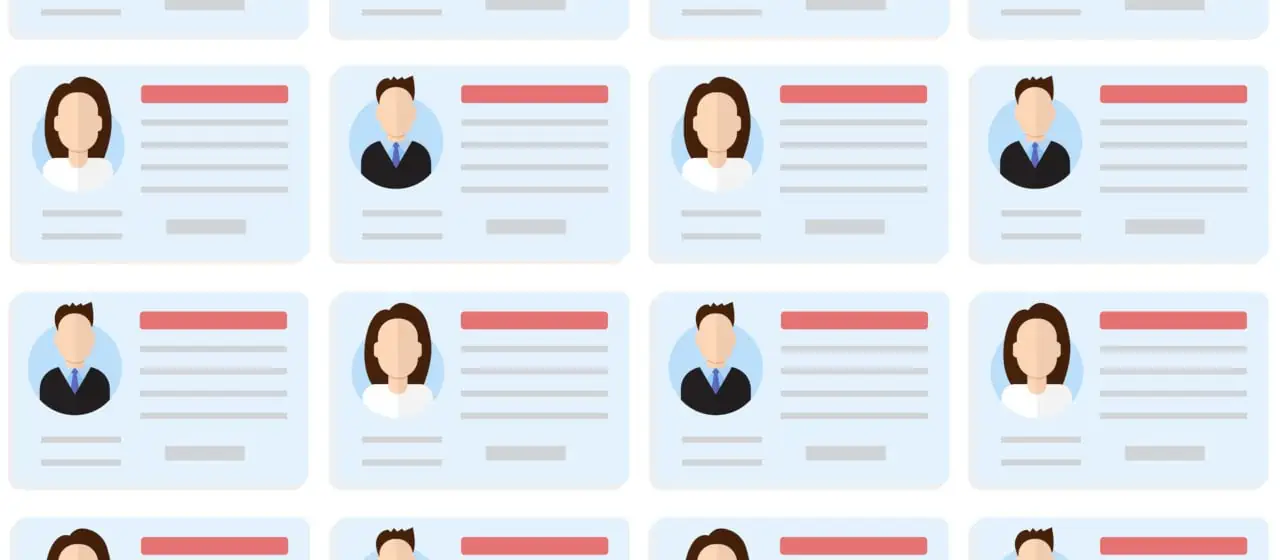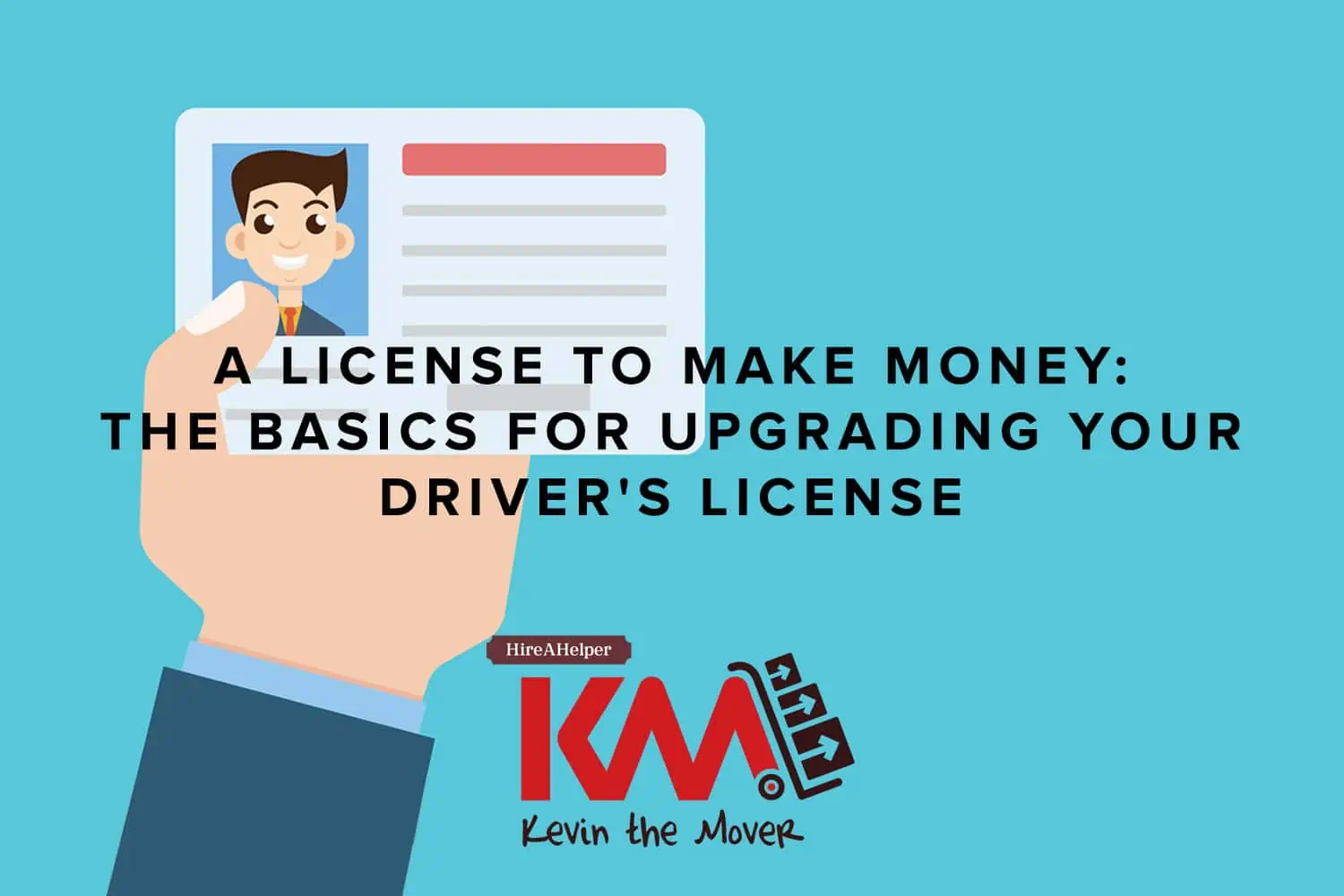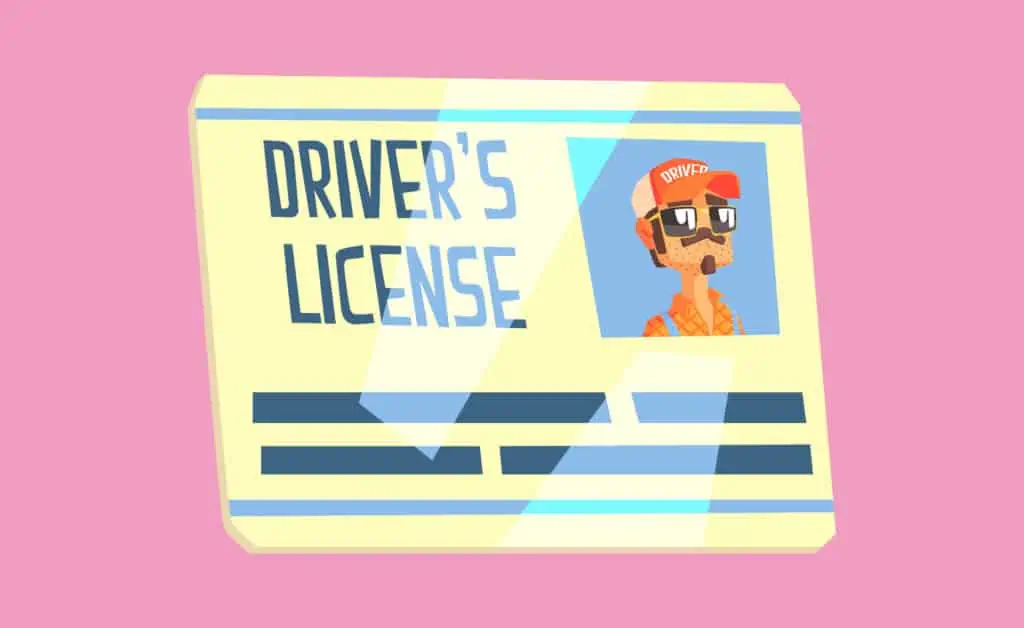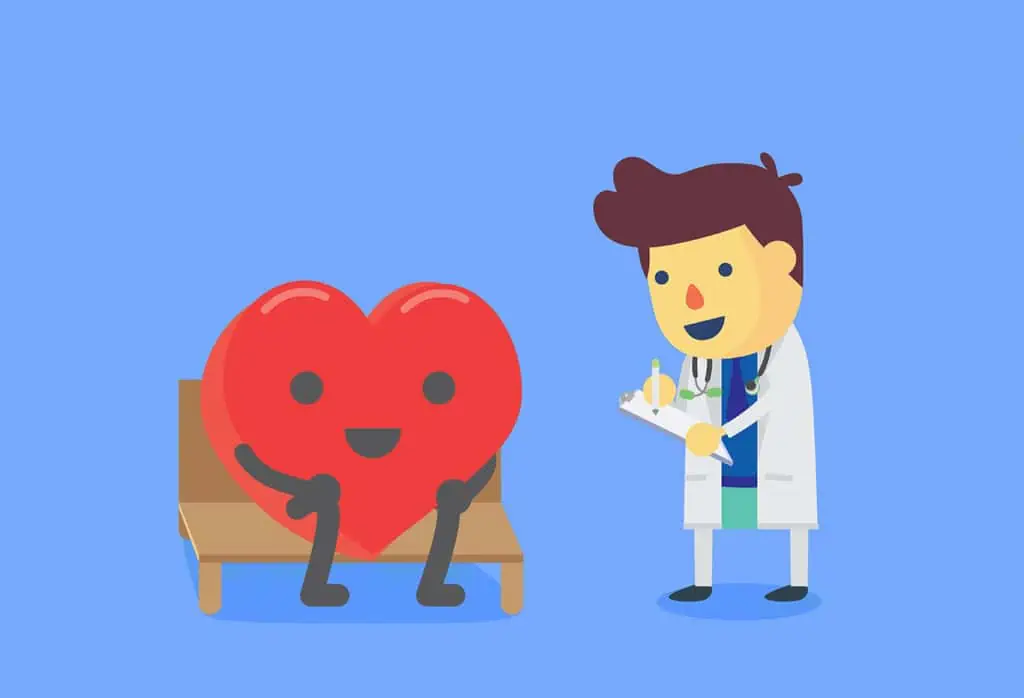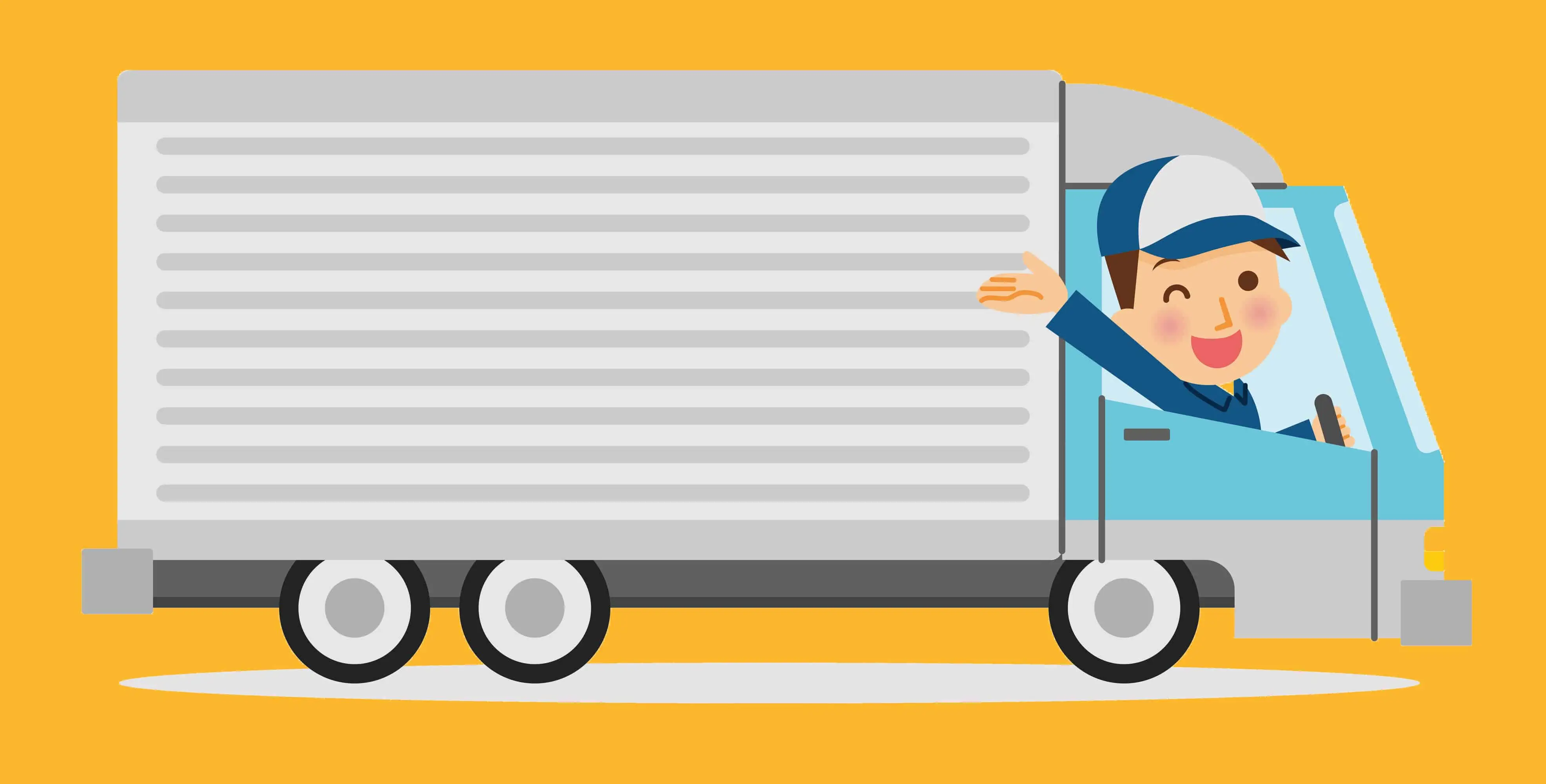A License to Make Money: The Basics for Upgrading Your Driver’s License
Posted in: I'm a Mover, Business Basics[Synopsis: Before you go for your CDL there are some things you need to know. Psst…here they are!]
As an operations manager, one of the first questions I asked anyone who walked in to apply for work was, “Do you have a CDL?”
That is, a commercial driver’s license, which allows you to operate large or extra heavy vehicles.
A “no” answer was fine. Obviously, having a CDL has nothing to do with one’s ability to be a hard-working mover. But more CDLs on the payroll means less chance of being stuck with a truck no one can drive. (Plus it got them thinking about the value of having one for themselves.)
For all of you who need CDL drivers now – and for all of you who plan to need them eventually – this feature is for you. We’re going to go over the basics to make your road to work as smooth as possible.
A, B and C Class CDL’s
You need a Class A CDL for a tractor-trailer, a Class B for trucks with air brakes, and a Class C for anything bigger than a U-Haul.
That’s pretty much how it was explained to me years ago.
There’s a lot more to it than this.
Particularly when you include special endorsements for things like tanks, hazmat and multiple trailers. For moving purposes, we’ll stick to the trucks we usually use and the stuff we normally transport.
In line with Federal Motor Carrier Safety Administration (FMCSA) guidelines, individual states set the threshold for Class A vehicles at 26,000 lb. Gross Vehicle Weight Rating (GVWR). GVWR is the manufacturer-recommended operational weight limit for a motor vehicle and any cargo (human or other) to be carried. Every commercial vehicle has a GVWR, which determines what kind of CDL the driver requires.
Whether we’re talking a tractor-trailer, a single vehicle or a motor vehicle towing another vehicle, here are the official rules for the different class licenses:
Class A: A combination of vehicles with a GVWR greater than 26,000 pounds if vehicle being towed is over 10,000 pounds GVWR.
Class B: Single vehicle over 26,000 pounds GVWR not towing a vehicle exceeding 10,000 pounds GVWR.
Class C: Single vehicle under 26,000 pounds GVWR, or (in some states) a vehicle towing another vehicle not exceeding 10,000 GVWR and totaling less than 26,000 pounds GVWR.
Some states also iterate restrictions on the number of axles for a given vehicle. Certain states may set forth additional requirements; Check this resource by the AAA for a breakdown of each state’s regulations.
Obtaining a Commercial Driver’s License
The FMCSA lays out in part these steps for getting your CDL:
1. Get a copy of your state’s CDL Manual
A quick search for the DMV (or similar agency) in your state will get you on the road to license changes. Many, if not all states offer an online version (e.g., a PDF) of their manual, sometimes referred to as a handbook. Check out the requirements for the kind of license you desire, including applicable endorsements and restrictions. Most notable would be Restriction Code L, placed on one’s CDL for not exhibiting the knowledge/skills necessary to operate a vehicle with air brakes.
Study up! You’ll need to know your stuff for the next step in the process.
2. Obtain your Commercial Learner’s Permit (CLP)
Getting your permit involves passing a knowledge test and completing a DOT physical. One of these you can do on your own. The other you can’t. Want to guess which is which?
While there are courses you can take to help you pass your knowledge test, taking one is not necessary. The advantage to such a course is an instructor directing your focus toward the things that are most likely to be included on your knowledge test, which may save you some time. The downside is the cost.
We did discover one interesting resource worth checking out. CDLCollege.com offers free online CDL permit classes tailored to the type of CDL you are shooting for. What’s the catch? There doesn’t seem to be one. CDL College does also offer instructional courses for passing your Skills Tests – and at an impressive price – but taking one of these courses is by no means part of the free online permit class deal.
If you are comfortable and confident in your ability to study successfully on your own, more power to you.
3. Get a Department of Transportation (DOT) physical
Obtaining your DOT physical is obviously not something you can do without help. You’ll need to go to a medical examiner on the FMCSA’s National Registry of Certified Examiners. Lucky for you there’s an easy way to find one: FMCSA’s searchable National Registry.
“So, like…is this Medical Examination (or “ME”) necessary for all CDL carriers?”
Interesting you should ask. According to the FMCSA’s ME requirements, “All commercial drivers of vehicles in interstate commerce with a maximum GVWR (Remember – that’s a gross vehicle weight rating) of over 10,000 pounds (4,536 kilograms) are required to obtain and maintain a valid Medical Examiner’s Certificate (ME Certificate).”
Yes, the FMCSA specifically says “interstate commerce”. Because…well, they are a federal agency. But all you guys operating exclusively within your state, don’t think you’re getting off so easily. As of January 2014, all CDL holders must obtain an ME and submit a copy to their State Driver Licensing Agency (SDLA).
Sorry to get your hopes up. There is a definitive list of activities drivers do that necessitates the physical (and which does include “carriers of household goods”.) You can read that list here.
A government-looking spreadsheet detailing the necessary state-by-state information for submitting your ME can be found on this FMCSA page.
NOTE: Unless you operate exclusively within your business state you are considered an interstate CMV operator.
4. Take your Skills Test
The Skills Test is comprised of 3 parts: Vehicle Inspection Test, Basic Controls Test, and Road Test. Let’s talk about them!
1. Inspection – Perhaps not surprisingly, a vehicle inspection covers a lot of parts and aspects of the truck. Like pretty much the whole truck…so it makes no sense to try to go over everything. Instead, let’s look at a few resources to help become familiar with the process.
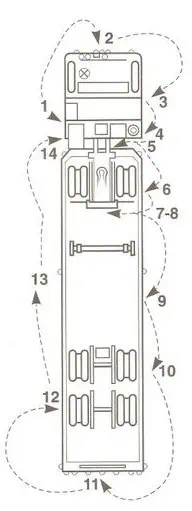
Other general resources include YouTube videos of vehicle inspections. This one is specific to a Class B CDL inspection. A quick search can also get you images of vehicle inspection checklists like the ones over there on the right. Note that some states allow you to use a checklist or “cheat sheet” in your actual inspection test. It’s worth it to ask. And finally, it’s not hard to dig up free online practice tests to help you prepare. CDL Study Buddy offers practice tests with twenty, thirty and forty questions, randomly generated so you can keep practicing without getting (too) bored.
2. Basic Controls Test – All right, we’ve got Basic Skills (Controls) Test versions for fifty states plus DC to cover. Fortunately, someone has already done it for us. (Thank heavens.) Check it out at Online CDL Test. You can click on your state for the specifics, including scheduling your test. While you’re at it, grab your state’s CDL Manual – if you haven’t already.
There are a few instructional videos out there, but we highly suggest getting out in the lot with a co-worker or colleague who has had their CDL for a while and who can help you get used to the maneuvers you’ll need to master in order to pass your Basic Controls Test.
3. Road Test – The moment of truth! For this, we’re going to go right back to the Online CDL Test website. Click on your state on the map at the top and look for the link that’ll take you to the info you need to properly prepare for, schedule and take your Road Test.
There will (likely) be a minimum time frame between getting your CLP and when you are eligible to take your road test. Don’t rush it! Spend all the time you need to get comfortable behind the wheel of that big old rig.
Summing Up
Yeah, it can all sound boring, despite the process for obtaining your CDL being not terribly complex. But your responsibilities on the road are huge. Passing your tests is fine. Excelling behind the wheel is paramount. Aim for excellence.
And remember your responsibilities. Because when it comes to safety, the FMCSA doesn’t fool around.
Not everyone has a fleet of trucks that require a CDL. But if and when the time comes to upgrade that license, you now have the guide to navigate your way smoothly and successfully.

